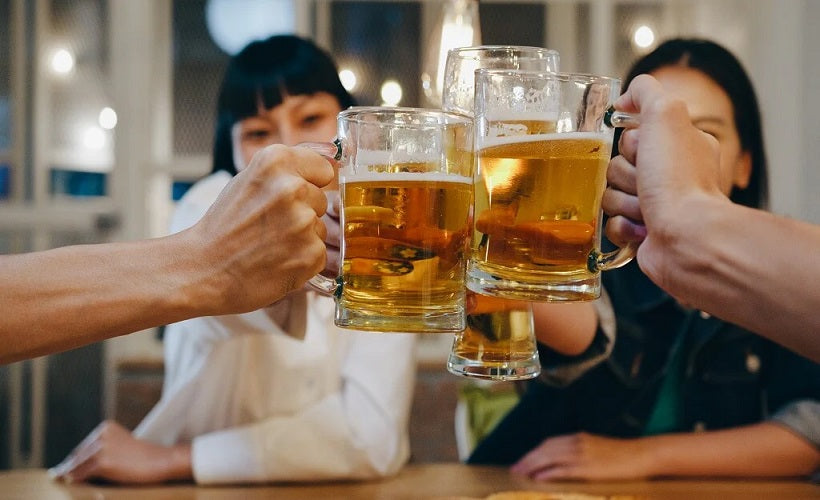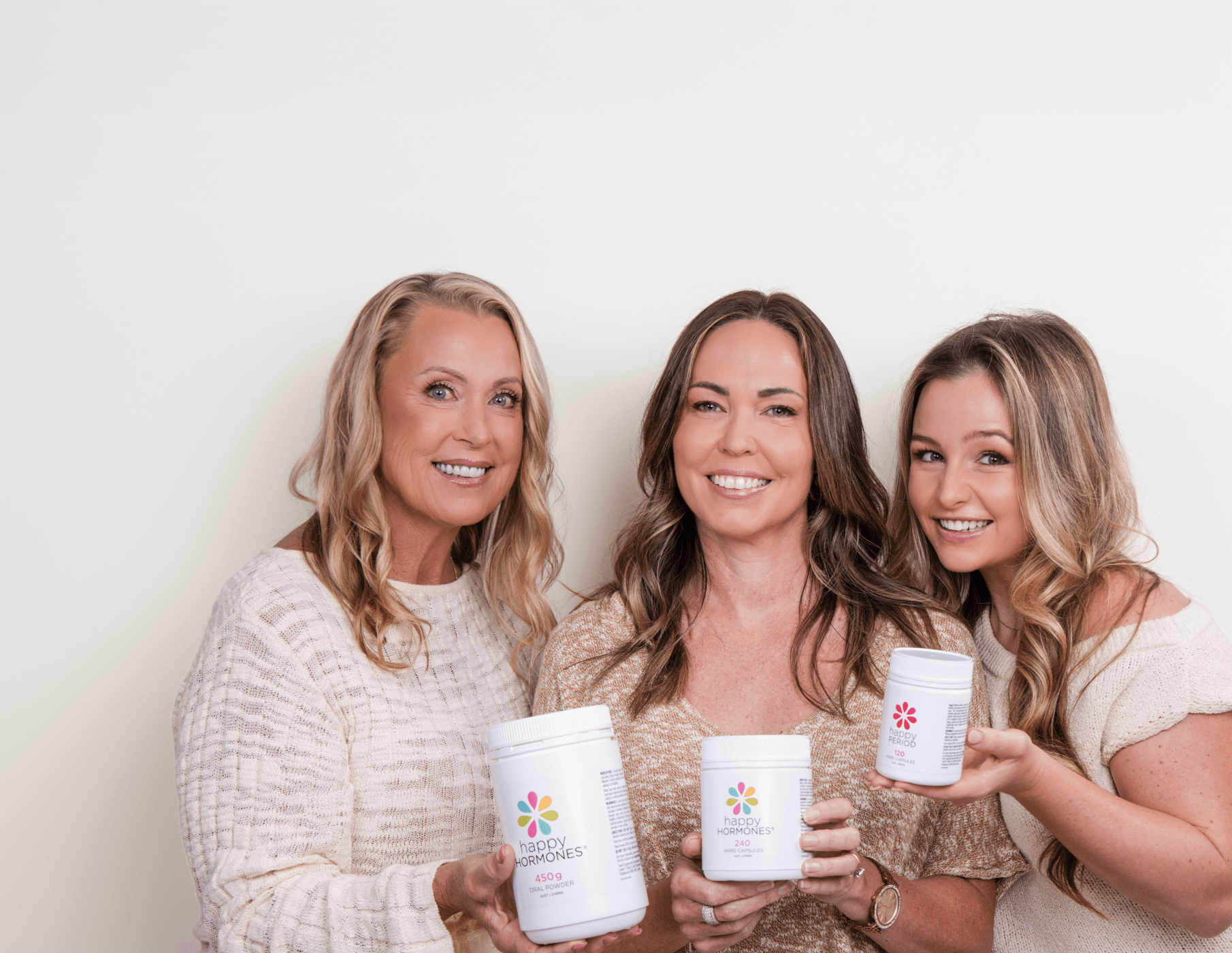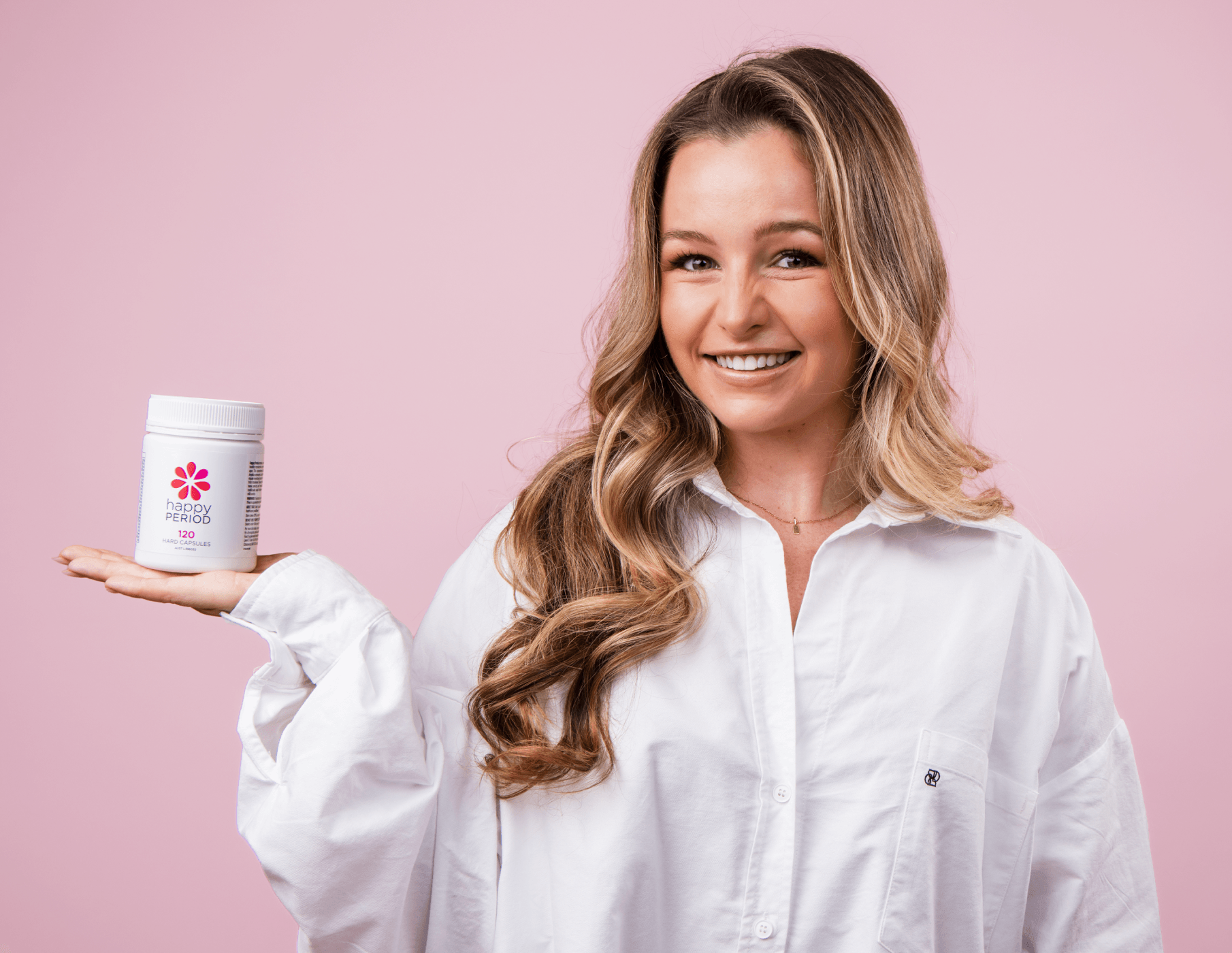How Much Alcohol is Safe to Drink?
By Sally James

It is interesting to know that despite the general perception that alcohol is somewhat distinct from other drugs, it is in fact one of the most addictive substances consumed throughout the world. Alcohol consumption, though somewhat normalized, is responsible for a significant number of deaths globally.
The World Health Organization (WHO) reports over 3 million alcohol-related deaths each year worldwide.¹
Alcohol consumption is hugely widespread within Australia and is associated with many social and cultural activities. In fact, having a drink or two is considered a normal daily or weekly custom.
When consumed, alcohol produces a number of central nervous system depressant effects often resulting in mental health problems. This problem is often not associated with alcoholism and can be swept under the carpet in many instances. Many individuals consume alcohol responsibly; however, a substantial proportion of drinkers consume alcohol at a level that exceeds that recommended by the NHMRC. In doing so, these individuals increase their risk of alcohol-related harm.²

Australian Guidelines on Alcohol Consumption
The following is a summary of the Australian guidelines to reduce health risks from drinking alcohol:
What’s a Standard Drink Anyway?
A standard drink contains about 10 grams of alcohol – the amount your body can process in one hour through the organs of elimination (liver and kidneys). Please be aware that a standard drink is much smaller than you may think. For example, the average glass of wine served in a pub contains 1.5 standard drinks. Check the label of any bottle, can or cask of alcohol for the number of standard drinks it contains.
How to Know If You’re Drinking Too Much
Drinking alcohol is so normalised in Australia that it can be difficult to know when you’re overdoing it, especially when it is an accepted form of recreational substance. Some people find it hard to go a day without drinking, or to limit the number of drinks they have at any one time. Low-level dependence like this can gradually increase over time until alcohol becomes a real problem affecting families, work and personal mental health.

Signs that you may have a problem with your drinking:
- You are drinking more than what is recommended in the Australian Guidelines of 1-2 standard drinks daily.
- You or others are worried about how much you drink.
- You need to drink more to feel the same effects.
- You crave alcohol.
- Alcohol is affecting your physical or mental health.
- You don't feel in control of your drinking – you can't cut down or stop even if you want to.
- Your drinking is interfering with your relationships or job.
- You experience physical symptoms such as shaking, sweating, anxiety or vomiting when you don't have a drink.
Good health can not be achieved if you are consuming regular alcoholic beverages daily and above the amounts recommended by the Australian Guidelines. If vitality and a life of thriving are important to you, then perhaps it’s time to ditch the daily 5 o’clock drink session. We suggest you check out these healthy non-alcoholic alternatives if you don't want to ditch happy hour entirely. Removing the alcohol block from your life means that your body will naturally move towards a state of health.
REFERENCES
- World Health Organization (2018). Alcohol. 21 September.
- Australian Institute of Health and Welfare (2021). Alcohol, tobacco & other drugs in Australia. Cat. no. PHE 221. Canberra: AIHW.







Leave a comment
This site is protected by hCaptcha and the hCaptcha Privacy Policy and Terms of Service apply.